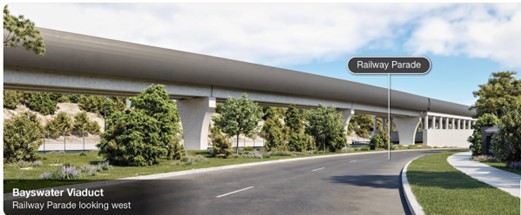
Sustainable City Lesson from Europe 1: bees, birds and biodiversity
27 May 2024
Over the next couple of weeks, I want to share some of what I have learnt from my sustainable city study tour in Europe, starting with urban greening.
Our Climate Positive Perth report has a whole section on urban greening, but it largely deals with keeping large trees and growing tree canopy.
Copenhagen takes urban greening to the next level. Danish urban planning is witnessing a shift that goes beyond “people-centric” city to one which is also “life-centric”, and includes bringing biodiversity back into the city in a range of inspiring ways.
The example I want to share is the green link which runs more than a kilometre from Bymilen near Copenhagen Central Station all the way past the iconic BIG designed “Cactus” buildings is deeply inspiring.

This is what you can do when a city is carefully and thoughtfully planned to incorporate walking, nature and liveability into the city design. The 20 minute or 1 kilometre walk which is often two or three floors above the ground level takes you through a range of ecosystems from forests to grasslands.

Walking on the roof of the IKEA building was a particular highlight. The rooftop includes a local produce-focused restaurant and shared work and community spaces and an epic amount of greenery. I was almost brought to tears seeing the effort that had gone into not only greening the space but actively introducing biodiversity with bee and lizard hotels and other efforts to rewild.


All across Copenhagen you can see examples of this rewilding, from the iconic Copenhagen Hill to your average local park. You can see the planting of local grasses and plants that provide food and habitat to bees and birds, and leaving them to grow unmowed and even a little untidy to provide essential habitat. This is both simple and deeply radical – but so essential as our cities deal not only with the climate crisis but also with the biodiversity crisis.
Copenhagen shows us in so many ways and so many levels what a green, sustainable, biodiverse, and liveable city can look like. Being amongst this was so inspiring. You can see what is not only possible but is already being done.
It is a theme picked up by the other cities I visited from Malmo to Utrecht – rewilding of our cities is an idea whose time has come.



Discussion